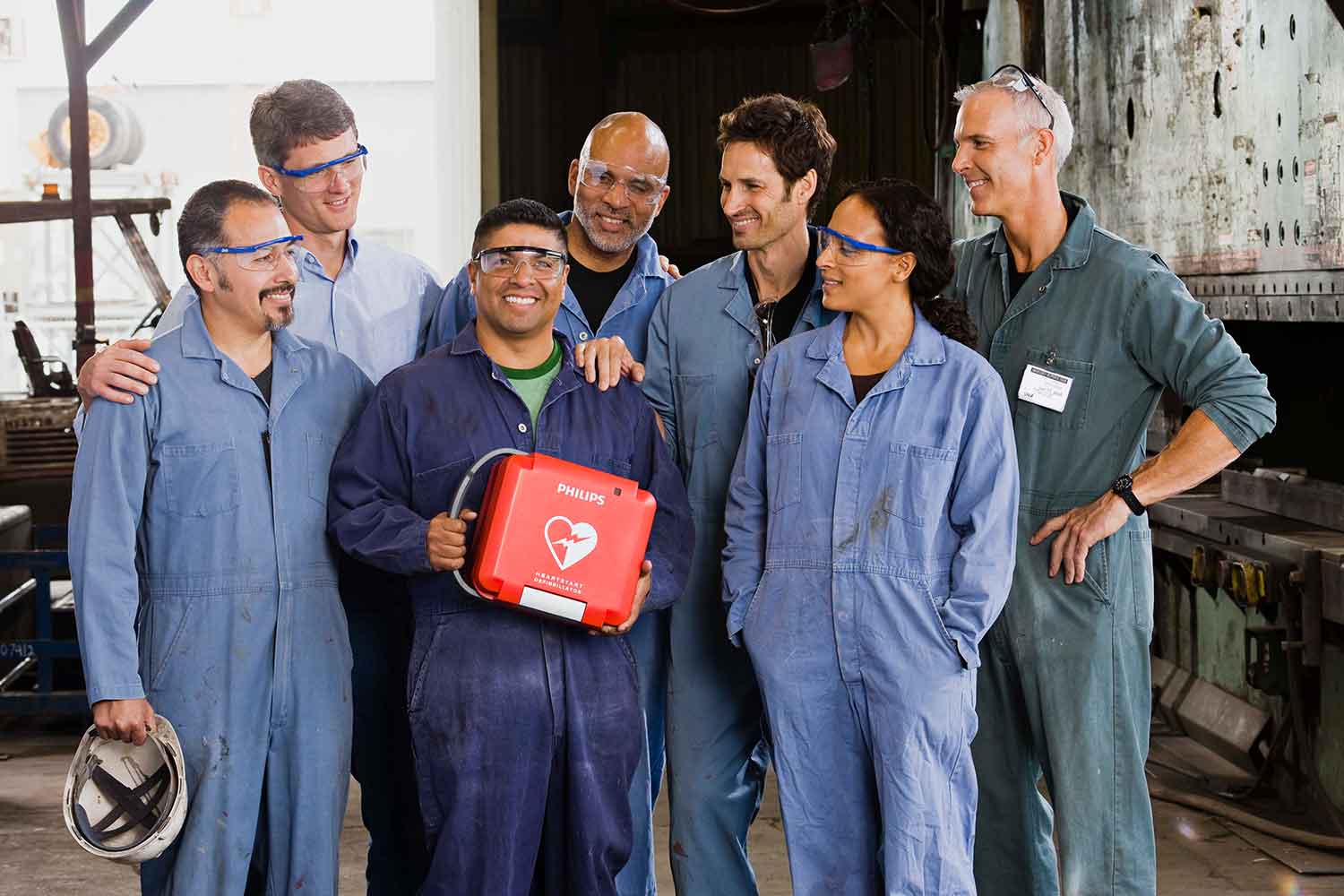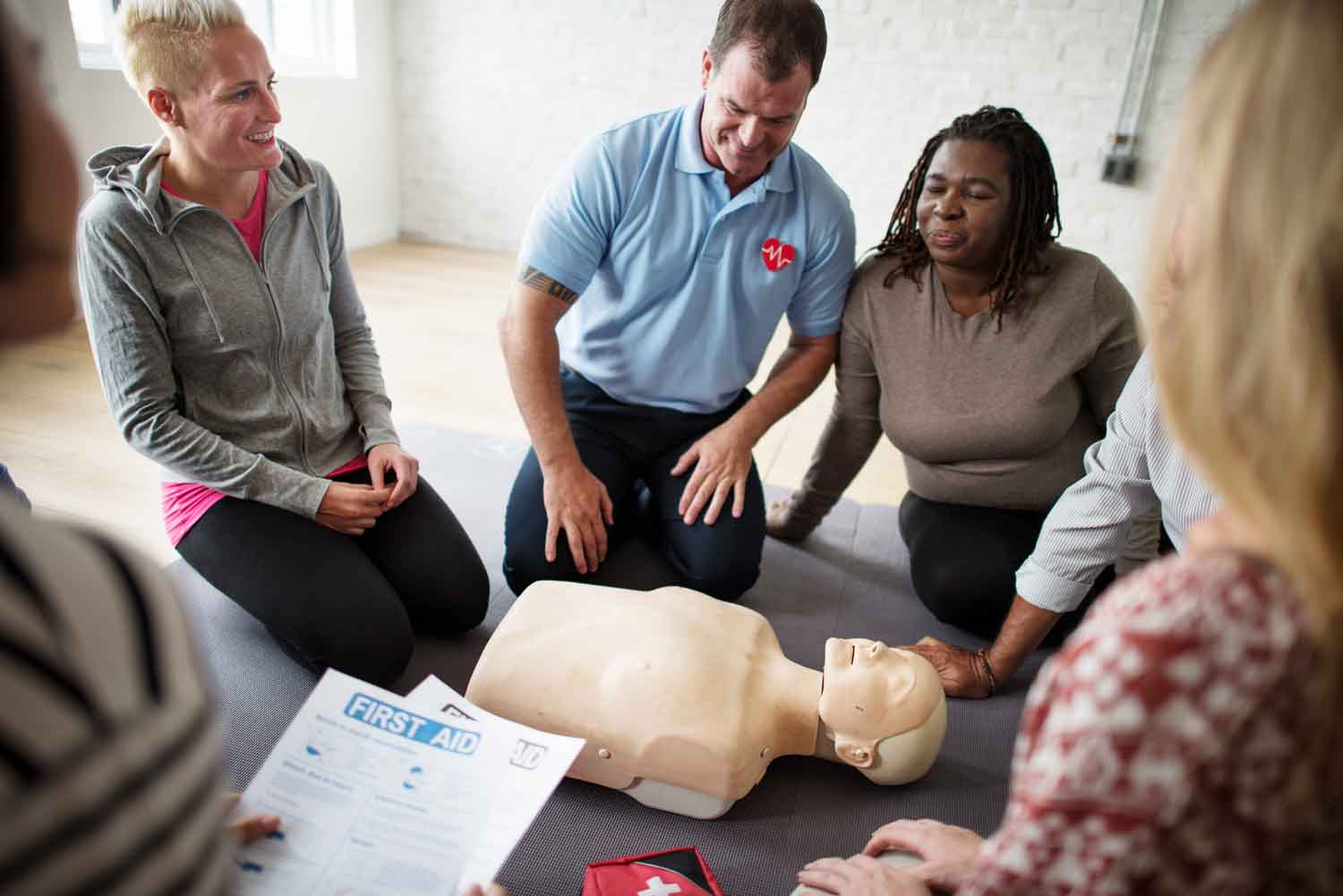AEDs for private use and in the home
Automated external defibrillators (AEDs) are widespread in public and private areas where large groups congregate, such as airports, office buildings, shopping malls and schools. An increasing number of AEDs, however, are also being purchased for use in private homes. Approximately 80 percent of sudden cardiac arrest cases occur at home; access to an AED at the crucial moment could therefore potentially save a loved one’s life as only defibrillation can stop a deadly cardiac arrhythmia. For a patient with a high risk of cardiac arrest, having an AED at home would eliminate the need to wait several minutes until an emergency medical team arrives with one, and in sudden cardiac arrest, every minute counts.
This article addresses whether having an AED in your home might be worthwhile. Though anyone can legally buy this life-saving technology, it is important to consider the likely risk of sudden cardiac arrest, as well as proper training for safe and effective use, placement and routine upkeep of an AED.
Who might consider buying an AED for their home?
If you’re considering purchasing an AED for your home or private business, it is important to understand the underlying risk factors for sudden cardiac arrest in order to assess how and when you might use one. Most people who experience sudden cardiac arrest have some degree of coronary heart disease, a condition in which plaque builds up in the heart’s arteries, narrowing the arteries and preventing enough oxygenated blood from flowing to a section of the heart muscle. Unfortunately, many people may not know they have coronary disease until sudden cardiac arrest occurs because it is “silent,” or undiagnosed. Some people may even lack clear signs of heart attack, and do not even realize that it has occurred.
During a heart attack, some heart muscle cells die and are replaced with scar tissue. This scar tissue negatively affects the heart’s electrical conduction system, causing electrical signals to spread abnormally throughout the heart. These changes to the heart increase one’s risk of sudden cardiac arrest. For those who are aware of coronary artery disease or a previous heart attack, it is important to note their elevated risk of experiencing cardiac arrest.
Other risk factors for sudden cardiac arrest include:
- A history of cardiac arrhythmias
- A personal or family history of sudden or inherited disorders that make you prone to arrhythmias, including ventricular fibrillation and ventricular tachycardia
- Drug or alcohol abuse
- Heart failure
If the above health concerns are relevant to you or a family member, roommate, domestic partner, neighbor or employee, you might consider purchasing an AED for private use. Anyone who wishes to buy an AED likely first needs to get a prescription from a physician if it is required. The reason for this is to ensure proper oversight regarding the routine maintenance (i.e., regularly changing the batteries) and that the local emergency medical service (EMS) are notified about the type and location of AED. The physician can advise you on the best location for the AED in your home environment, as well as help you come up with an emergency response plan should you need to use the AED.
Before purchasing a home-use AED, discuss with a qualified physician or reputable AED distributor what aspects to consider when purchasing and installing an AED. For example, if you live alone, having an AED in your home would be virtually pointless because in all likelihood no one would around to use it in an emergency and so you may want to spare the expense. Another factor to consider is the age of a potential sudden cardiac arrest victim. Children over eight years old can be treated with a standard AED, but for younger children the American Heart Association (AHA) recommends you acquire special pediatric pads which reduce the dose of electricity; these pads may need to be purchased separately.
All potential users (including family members—see below) should also be trained in CPR and safe operation of an AED. Be advised that AEDs are manufactured and sold under guidelines approved by the Food and Drug Administration (FDA). The FDA may require anyone who seeks to obtain an AED to present a physician’s prescription.
Training in proper use of AEDs
Modern AEDs are designed with many safety features to enable lay users to handle them safely and effectively in an emergency. All the user must do is turn the device on and follow audio instructions when prompted. Once the AED’s electrode pads are attached to the victim’s chest, a built-in computer automatically analyzes the victim’s heart rhythm; audio instructions prompt the user to deliver a shock only if an arrhythmia responding to defibrillation is detected .
Although many different brands and models of AEDs are available, the same basic steps apply to all of them and with a short training, virtually anyone can learn how to operate one safely. Despite the user friendliness of these devices, it is certainly advisable that potential users undergo training in their safe use and in cardiopulmonary resuscitation (CPR), which should be initiated as soon as possible after discovering a sudden cardiac arrest victim.



